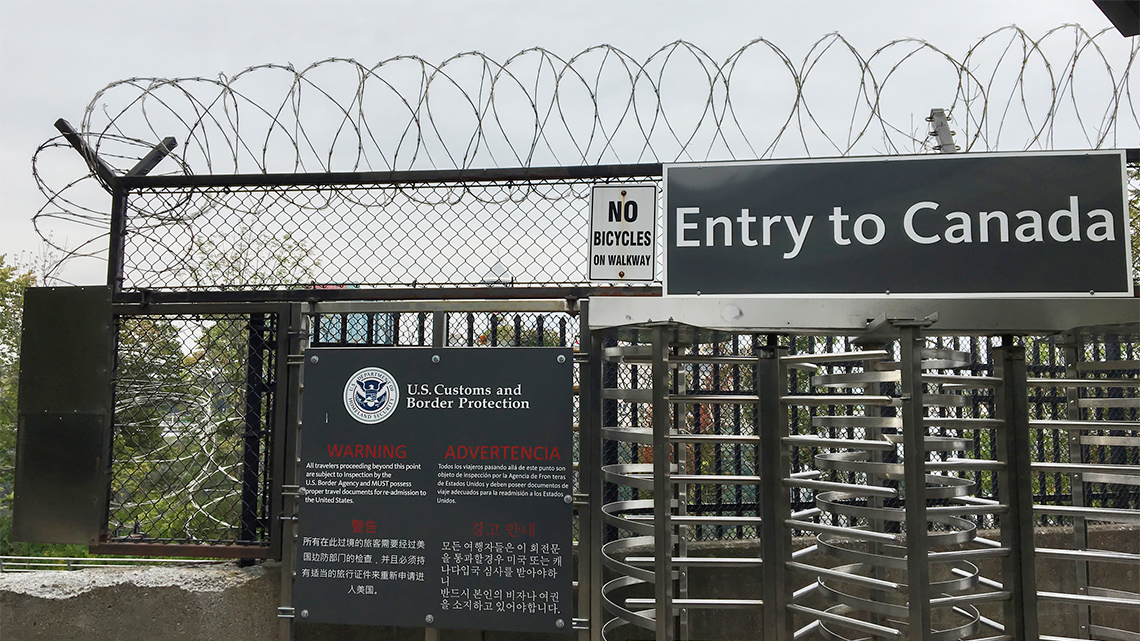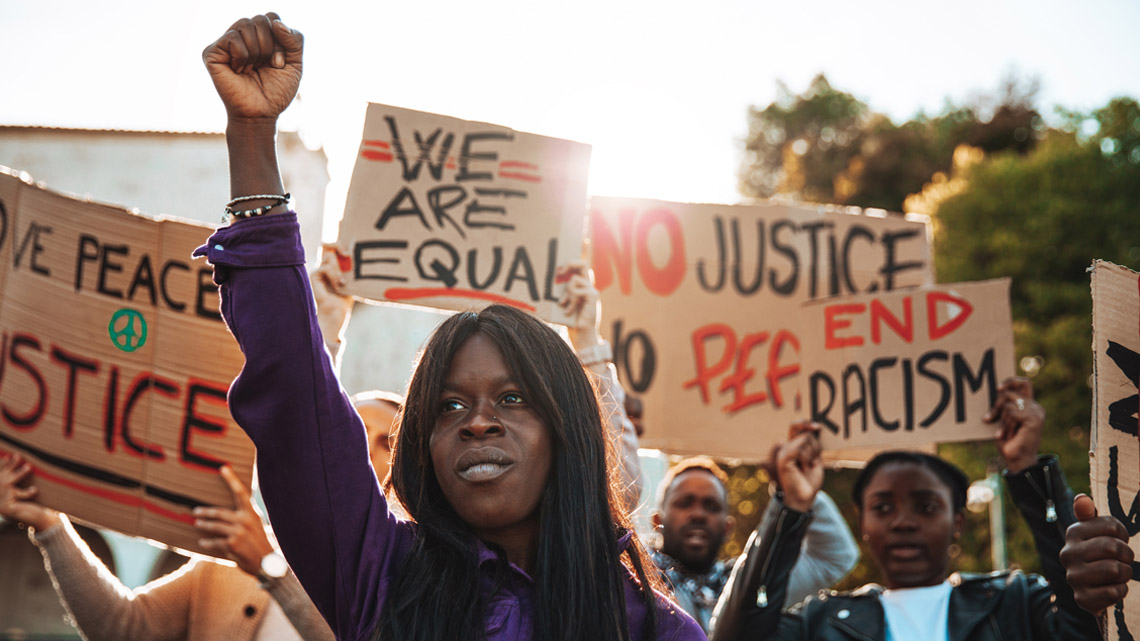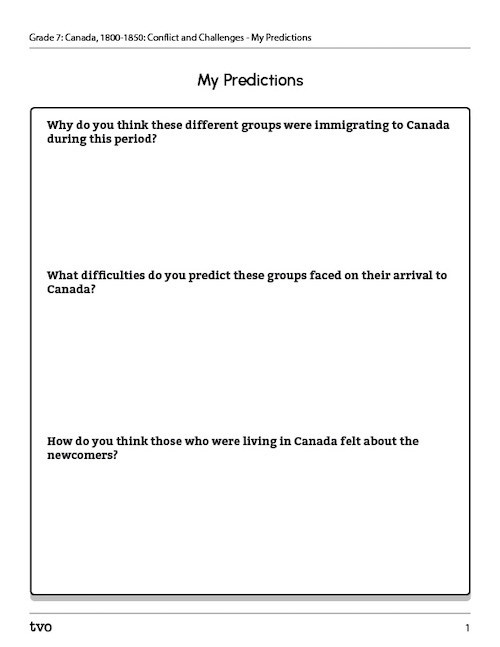Minds On
Task 1: Citizenship

What does the word citizenship mean to you? What does it mean to be a Canadian citizen? Brainstorm a list of ideas using a method of your choice.
Press ‘Citizen’ to access the definition for this word.
Task 2: Canada
Do you think Canada is a welcoming nation today? Has it opened its arms to people immigrating to Canada? Are we a country of tolerance, respect, and diversity, which is free from racism and prejudice? Why or why not?
Record your thoughts using a method of your choice and use the following carousel to help spark ideas!
Action
Canadian immigration
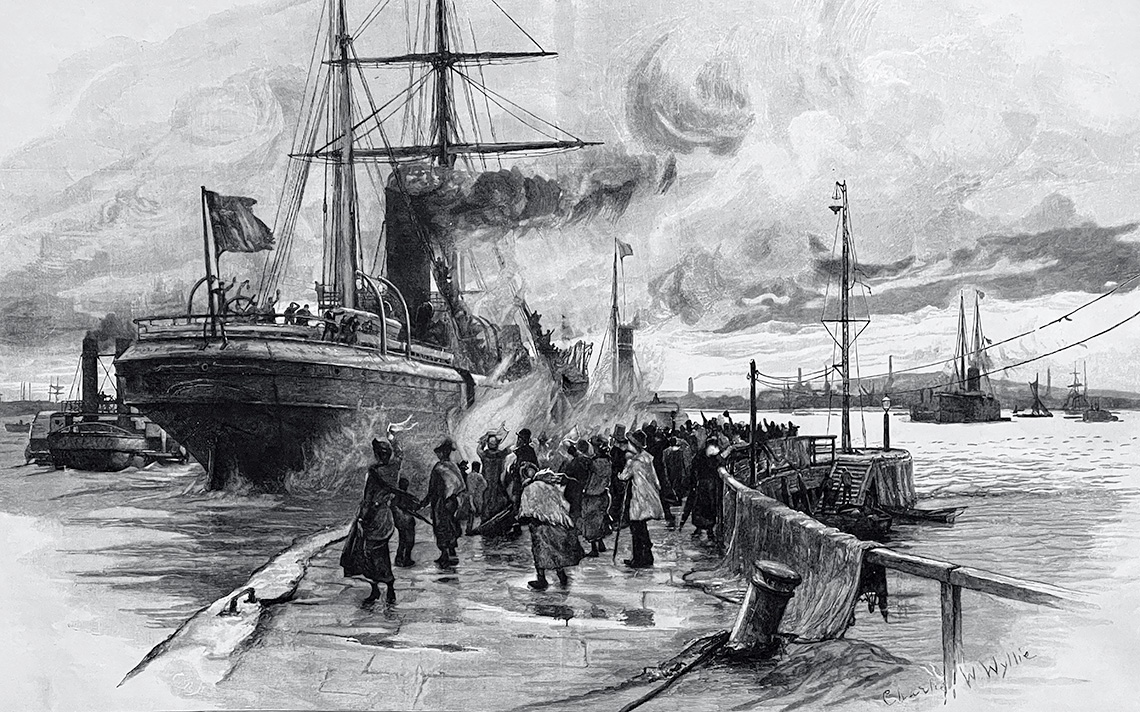
From 1800 to 1850, Canada’s population changed frequently as waves of settlers arrived. The story of Canadian immigration is not one of orderly population growth, rather one about economic development and Canadian attitudes and values. Immigration has also contributed to dispossessing Indigenous peoples of their ancestral lands.
In this learning activity you will explore the social and economic impacts, as well as experiences of, different groups arriving to Canada. It is important to note that during this time Canada was referred to as “British North America.”
Press the following tabs to access and review some definitions.
Task 1: Groups coming to Canada
In this task, you will investigate a few groups that immigrated to Canada between 1800 and 1850. You will be exploring Irish settlers, British settlers, and Black refugees.
Before you begin, record your predictions using the following fillable and printable document or another method of your choice.
Irish settlers

Press the following tabs to access and review some definitions for this section.
In the 1800s, Irish farmers came in vast numbers to Canada to escape a famine that swept Ireland. For many years, the potato crops failed Ireland, which left peasants unable to pay rent and led to their eviction by their landlords. When the potato crops began to fail, the British government imposed tariffs on grains, which made food incredibly expensive.
With many tenant farmers unable to produce crops, and the cost of other foods and supplies rising, thousands died from starvation and disease caused by malnutrition. In hope of a new life, many Irish refugees came to Canada in overcrowded, unsanitary ships. Many of these ships were plagued with disease and forced to dock at a quarantine station called Grosse Ile, downriver from Quebec City. Many Irish settlers died of typhus before they had a chance to see the new lands.
Reading Time
Let’s Read
Explore the following articles on The Great Famine and the Typhus Epidemic.
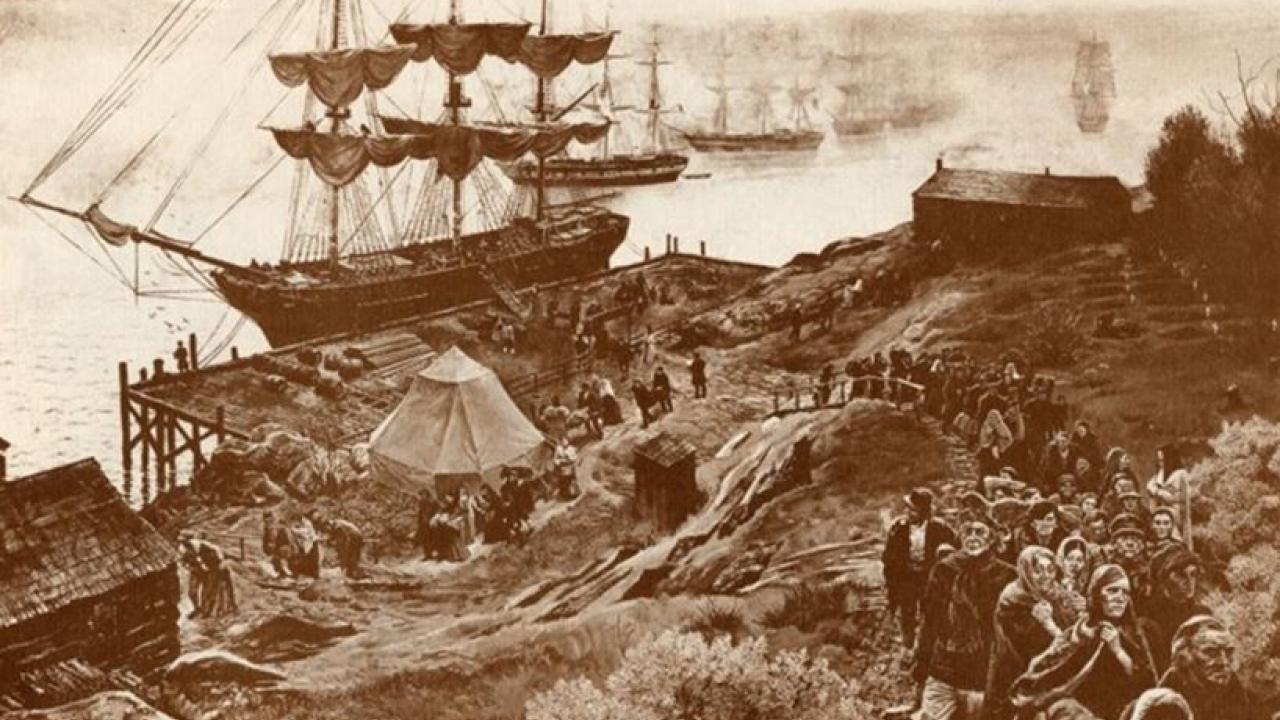
Press tvo today to access "Remembering the Great Famine — and the Irish refugees who came to Ontario."
Opens in a new tab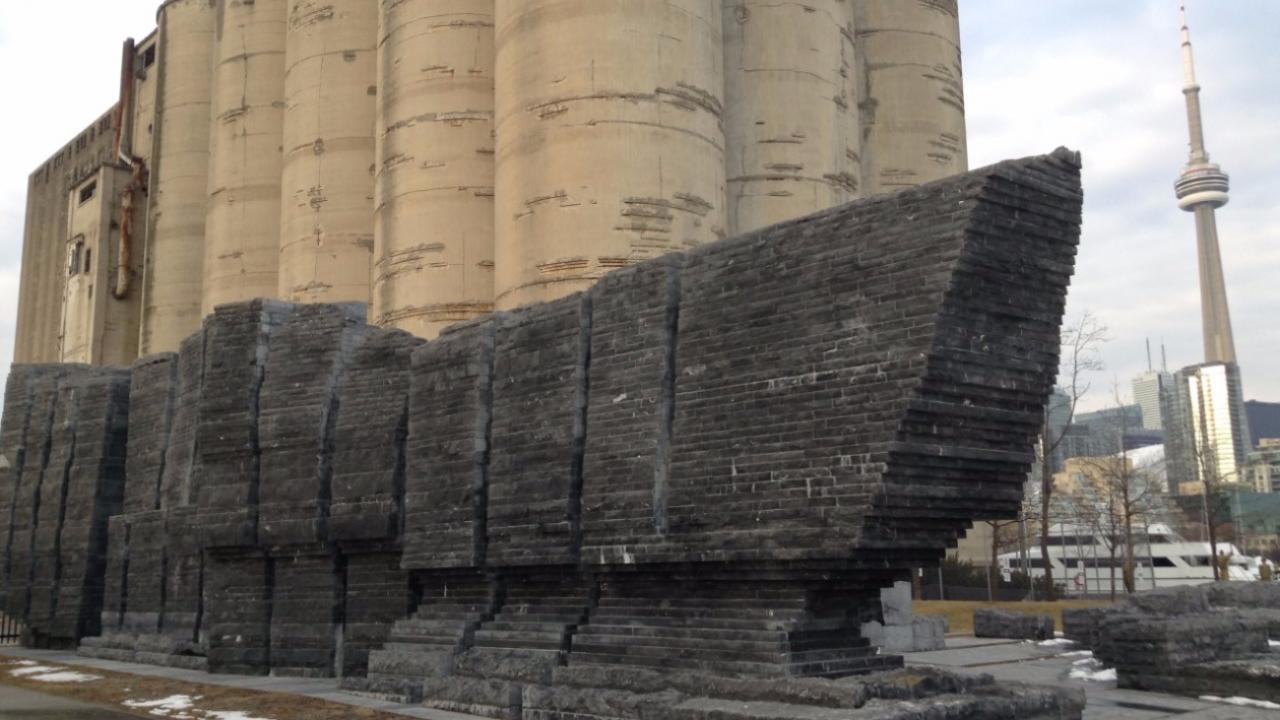
Press tvo today to access "19th-century NIMBYism and the typhus epidemic in Ontario."
Opens in a new tabKnowledge check!
Now let's check our understanding with the following questions about Irish immigration. Select the best answer, and press 'Check Answer' to find out how you did.
Choose the best answer.
Brainstorm
Reflect

Do you believe Irish refugees were welcomed in Canada during this time? Why or why not? Use specific examples from your learning to support your answer.
Press ‘Hint’ to access a prompt if you need help getting started.
The Great Migration
After the War of 1812, living conditions in Britain began to deteriorate to an intolerable life. Many people in Britain had lost their jobs during the Industrial Revolution, as machines replaced their jobs, and many people lost their farms.
This economic depression in Britain caused high unemployment rates and the British government began to make efforts to encourage emigration to Canada to relieve its economic crisis and reinforce loyalty to its British colonies. Canada’s colonies provided places for people to move and start over.
This influx of British settlers created new pressures in Canada as settlers began to clear land for farming.
Source: Caouette, R., & Rees, D. (2006). In Our Canada: origins, peoples, perspectives, teaching resource (Chapter 7, pp. 199–204). Thomson Nelson.
Brainstorm
Brainstorm
What is a political cartoon?
A political cartoon was often created to make a point about a political issue or event and attempted to persuade the audience or change people’s minds about a particular topic or idea. They often make fun of the government or try to highlight what is wrong with the government.
Analyse the following political cartoon that appeared in the British magazine Punch in 1848. Choose two of the following questions to respond to using a method of your choice. If you need help getting started press the 'Hint' buttons to access additional prompts.
1. What do the labels “At Home” and “Abroad” refer to?
2. How are these two situations different?
3. What do you think was the goal of this political cartoon?
4. How realistic do you think this message is?

A sketch titled “ The Needlewoman at Home and Abroad.” The sketch shows on the left a woman standing outside with a blanket wrapped around her. A man is standing next to her extending his hand. The right side of the sketch shows a woman sitting in a chair holding a baby with another child standing behind her. There is a man facing her.
Reflect
What impact do you think this emigration had on Indigenous communities?
Press ‘Answer’ to access a possible response to check your answer.
Black refugees
Nova Scotia had been the home to people of African descent for over 300 years. Following the War of 1812, approximately 2000 escaped slaves arrived in Nova Scotia, after attaining freedom during conflict. Roughly 400 of these individuals continued on their journey to New Brunswick and collectively became known as the Black Refugees.
Upon arrival, Black refugees experienced many challenges. The government did not give them land grants, the influx in immigration in general made jobs unavailable or extremely competitive, and the land they were given proved to be hard to cultivate. Under these conditions, individuals experienced extreme poverty and racism from white settlers who continued to perceive the refugees as slaves. This forced many to steal and beg in order to provide for their families. Despite these challenges, they were intent on settling in Nova Scotia.
The white colonizer population of Nova Scotia resented the Black refugees and did not accept them as equal members of society. The general poverty of these individuals was regarded as “proof” that they were not equal to the white population. In 1821, British authorities tried to convince Black refugees to relocate to Trinidad, but the majority of them refused to go as slavery still existed there.
Source: Van Dyk, L. (2020, November 19). Canadian Museum of Immigration at Pier 21. Shaping a Community: Black Refugees in Nova Scotia | Pier 21. https://pier21.ca/research/immigration-history/shaping-a-community-black-refugees-in-nova-scotia-0.
Reading Time
Primary resource analysis
A primary resource is an original document, raw material, or first-hand account of an event or time period. They represent original thinking and information of a specific time period.
Explore the following address to the Governor opposing Black refugee immigration in its original wording.
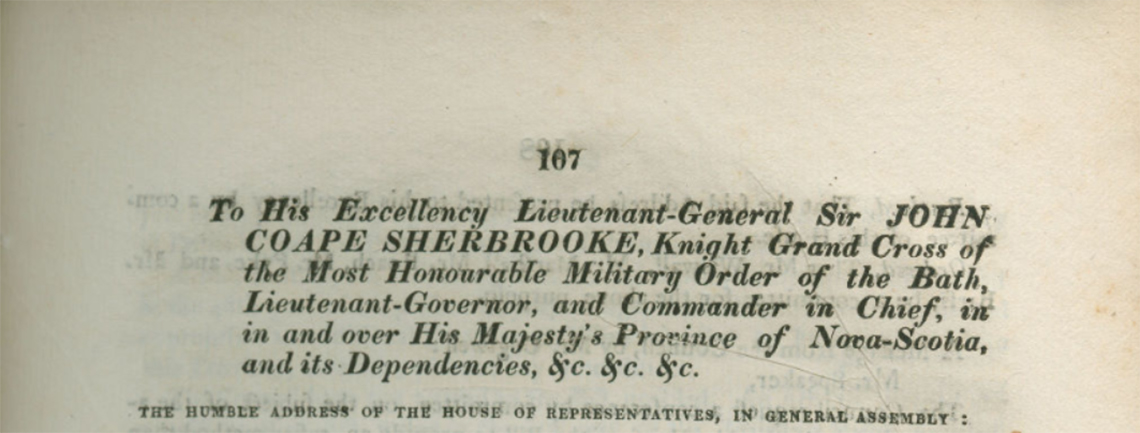
This address to Lieutenant-General Sherbrooke, presented on April 1, 1815, opposed Black refugee immigration in the House of Assembly.
Peleg Wiswall attempted to stop Black refugees from settling in the province as they were considered an inconvenience and “burdensome to the public.” The belief was that if Black refugees continued to enter the area, white labourers and servants would be discouraged from entering. A sum of money was being offered as a temporary relief to the province for not allowing any more African refugees from entering.
Show what you know!
Now let's check our understanding with the following questions about the primary source you just explored. Select the best answer, and press 'Check Answer' to find out how you did.
Task 2: Impacts on First Nations and Métis
When immigration to Canada is discussed, the focus is often on the people arriving. But what happened to the people who lived there already?
Press the following tabs to access and learn about the impacts immigration had on First Nations and Métis.
Task 3: Modern-day connection
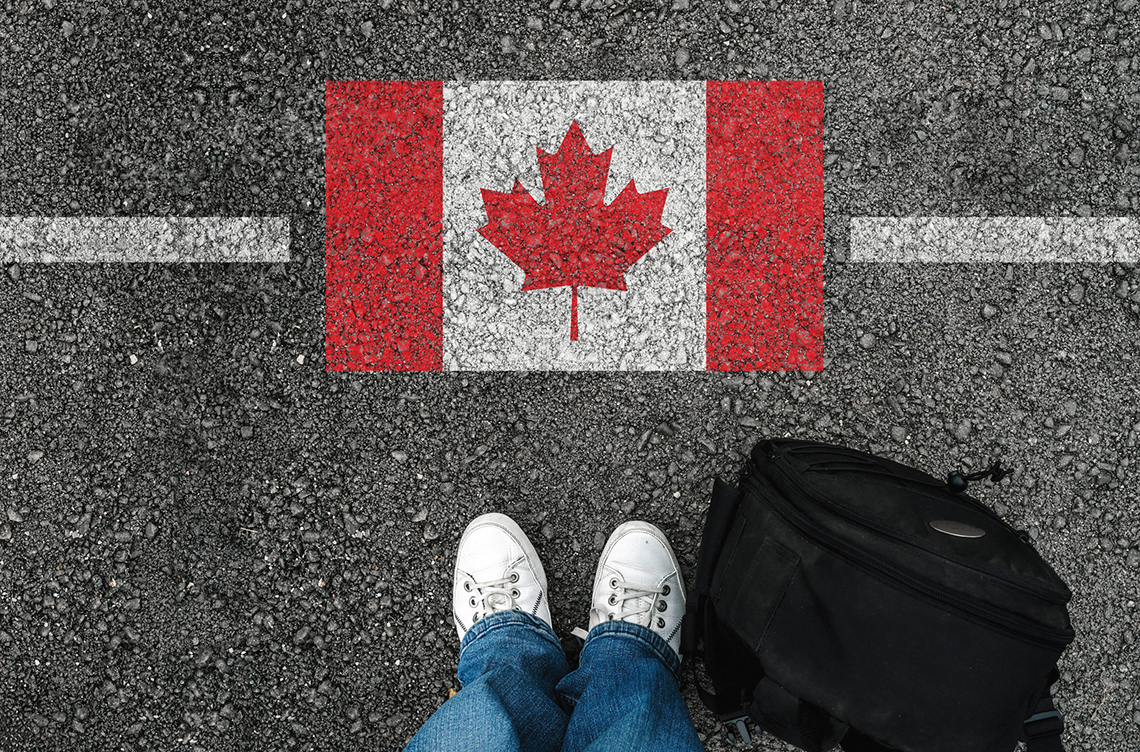
As you may know, Canada continues to welcome immigrants and refugees to different areas of the country.
Explore the following videos about modern-day immigration in Canada and respond to the reflection questions using the following fillable and printable document or using a method of your choice.
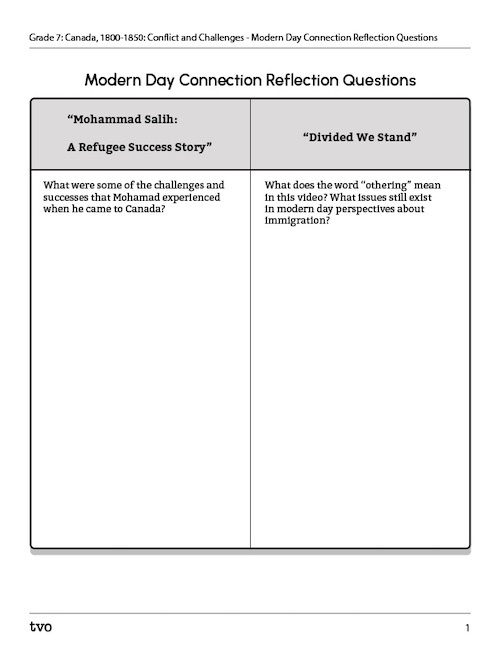
Press the Activity button to access the Modern-day Connection Reflection Questions.
Activity(Opens in a new tab)“Mohamad Salih: A Refugee Success Story”
“Divided We Stand”
Consolidation
Task 1: Educating your community
Choose one of the following formats from the choice board to educate your community about topics surrounding immigration.
- Blog
- Podcast Clip
- Poster
- Journal Entry
- Website
- Speech
Possible topics could include:
- the history of immigration in Canada
- the experience of refugees in the 1800s
- The Great Migration
- The Irish Potato Famine
- modern-day immigration experiences
- challenges of immigration
You can also choose a topic of your choice. Use evidence from this learning activity to guide your creation.
Task 2: Your history

Conduct research into your own family's historical background.
- How long have you and your family lived in Canada?
- What about previous generations?
- Are you able to learn more about where your ancestors came from?
Reflection
As you read the following descriptions, select the one that best describes your current understanding of the learning in this activity. Press the corresponding button once you have made your choice.
I feel...
Now, expand on your ideas by recording your thoughts using a voice recorder, speech-to-text, or writing tool.
When you review your notes on this learning activity later, reflect on whether you would select a different description based on your further review of the material in this learning activity.
Press ‘Discover More’ to extend your skills
Discover More
